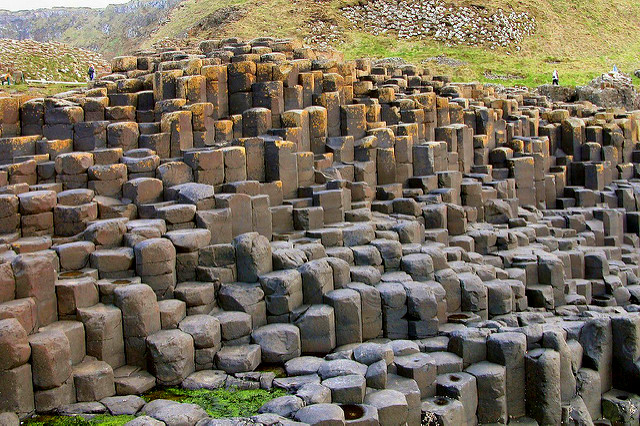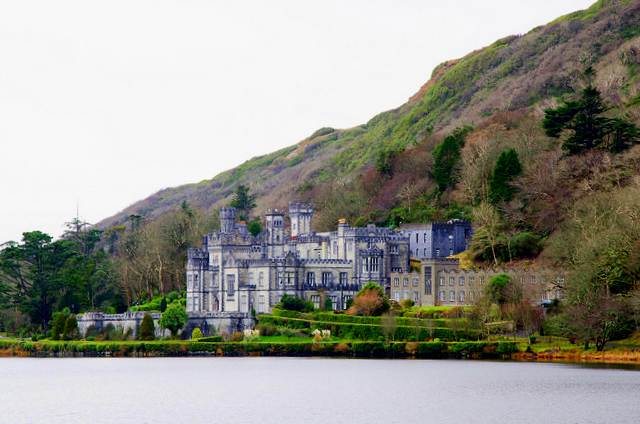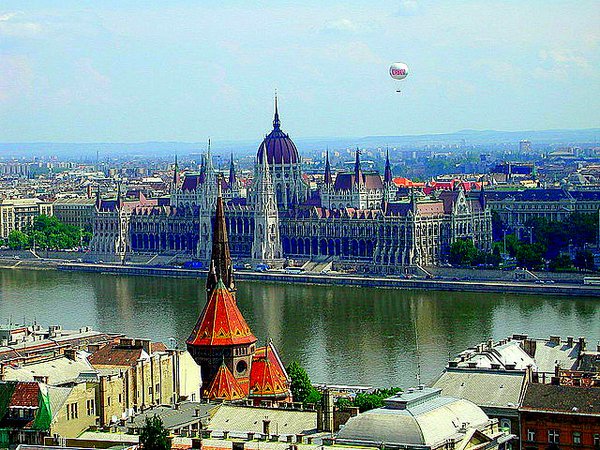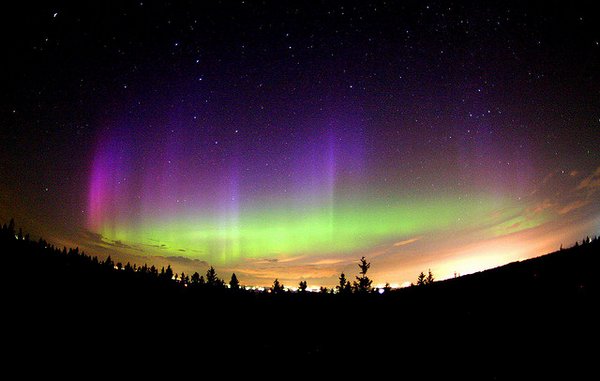Four Places You Must Visit in Ireland
Wondering where to spend your summer holidays or enjoy a worthwhile weekend? The island of Ireland can offer you an abundance of natural miracles worth visiting. Known for its picturesque scenery and unforgettable landscapes, the Celtic land is home to three World Heritage Sites and one of the most beautiful and unique parks of Western Europe – Connemara National Park. Let’s see what each sight has to show.
The Giant’s Causeway
Located on the northeast coast of Northern Ireland, Giant’s Causeway can most easily be described as the biggest volcanic plateau in Europe.
The area, which was declared as a World Heritage Site in 1986, consists of about 40,000 columns of basalt and is a monument of a geological process, which started nearly 60 million years ago.
Columns are usually 1-2 m in height, but even 12 m high ones can be found. Some basalt structures of the area resemble certain objects, for example: The Giant’s Boot, The Shepherd’s Steps or the Chimney Stacks.
According to the legend, the columns appear to be the remains of a causeway to Scotland, built by Irish giant Finn MacCool, who was challenged to fight against Benandonner, a giant from Scotland. Finn deceived the Scotch by disguising himself as a baby of his wife, Oonagh. When Benandonner finally saw the ‘baby’ of his opponent, Finn, he gathered him being an enormous giant. Benandonner was so scared that he even destroyed the causeway beyond him, so that no one could follow.
Besides the columns, Giant’s Causeway is a place to see some rare animal species, including razorbill, cormorant, fulmar and petrel. It is certainly a place for ones who appreciate the beauty of nature. All of this can be seen if you go on a highly recommended guided bus tour with Allen’s Tours.
Skellig Michael
Skellig Michael (or Great Skellig, as some people call it) is the bigger of two Skellig Islands, west of the Iveragh Peninsula in the Southwest of Ireland.
Most famous for its ancient monastery, Skellig Michael became a World Heritage Site in 1996. It is said that Ir, son of one of the mythical ancestors of the country, was buried on this island, but it is not historically proven.
The monastery, claimed to be founded by Saint Fionan in the 6th century, consists of a church, two oratories and 6 beehive cells. The systems of water collecting and vegetable growing were highly developed in this area, making the island inhabitable notwithstanding the lack of fertile arable. In 13th century, when climate in this part of the world became colder, the monks abandoned the island to the abbey of Ballinskelligs.
The force is strong with this island! The final scene of “Star Wars: The Force Awakens” was filmed in Skellig Michael and it was also used as a set for the upcoming movie, “Star Wars: Episode VIII”.
It has also inspired the creators of “Witcher” game franchise, who created an archipelago named Skellige. The island of Skellig Michael looks like a perfect destination to visit not only because of its history, but also because of the acknowledgement in popular culture.
Bru na Boinne
Found in the East of Ireland, it is the largest complex of Megalithic sites in the whole continent and one of the oldest ones – some of its components date back to 35th century BC.
The site was used as a cemetery, currently having around 40 graves in the area, and is often referred as the Egyptian pyramids of Ireland (which, in fact, were built about a 1,000 years later). They certainly look alike by some aspects.
The builders of Bru na Boinne had a sensational knowledge of science and astronomy, just like the ones in Egypt, aligning the monuments of Newgrange and Dowth by Winter solstice. Furhermore, Newgrange, Dowth and Knowth are vastly huge, letting them compete with the pyramids, too.
There have been a lot of archaeological excavations in the 20th century, showing that the sight had been visited in the Bronze and Iron ages, too. Various Beaker and Roman artefacts were found as evidence. So, it is a place packed with all kinds of ancient history. Worth visiting, isn’t it?
Connemara National Park
Last but not least, the Connemara National Park, one of 6 parks of this type in Ireland. Established in 1980, it covers 2957 ha of area, which isn’t scarce with flora and fauna.
A lot of bird species, such as skylarks, meadow pipits, kestrels and even peregrine falcons can be seen in Connemara. Notable mammals that reside here are the newly reintroduced red deer herd and the Connemara pony, obviously named after the site.
From the historical point of view, the National Park has some mystical places, including a 200 year old graveyard and megalithic court tombs that date back more than 4,000 years. There is definitely something to see and admire!
So, what you probably are already certain of is that Ireland is an island with rich history but what is probably even more attractive is the beautiful landscape. The phenomenal sights are an extraordinary place to spend a holiday and broaden one’s horizons. So why not book a tour?
————————————————————————————————————-














 Hi! I'm Lash, an American nomadic world traveler who's been traveling solo since 1998. I’m passionate about traveling the world nomadically and then sharing it all with you. I hope to inspire you to travel the world, to entertain you with tales from the road, and to help you reach your travel dreams. Welcome!
Hi! I'm Lash, an American nomadic world traveler who's been traveling solo since 1998. I’m passionate about traveling the world nomadically and then sharing it all with you. I hope to inspire you to travel the world, to entertain you with tales from the road, and to help you reach your travel dreams. Welcome! 



